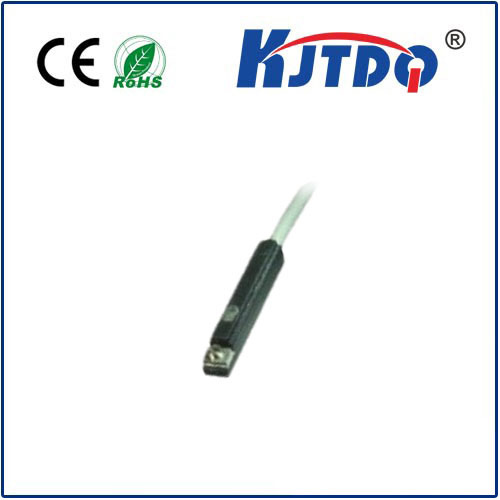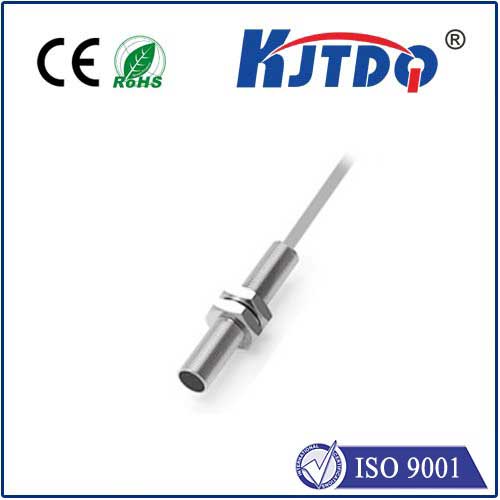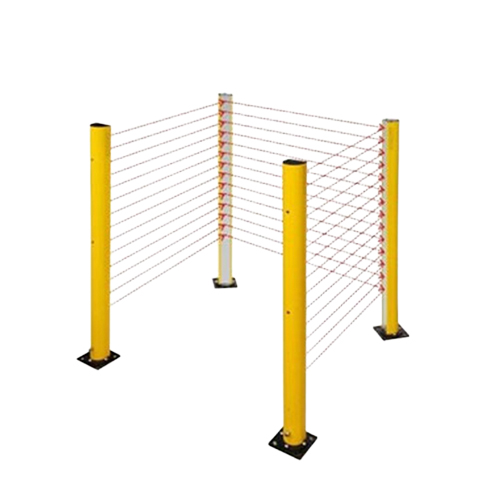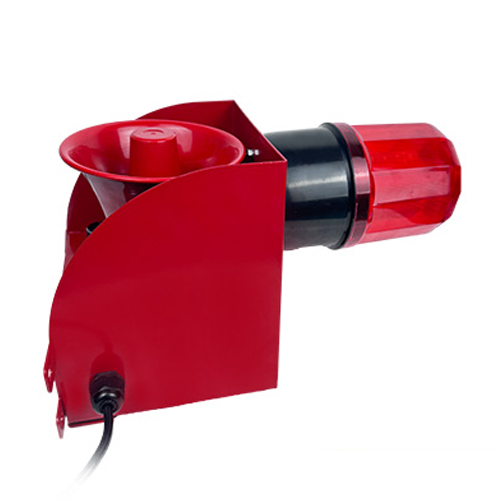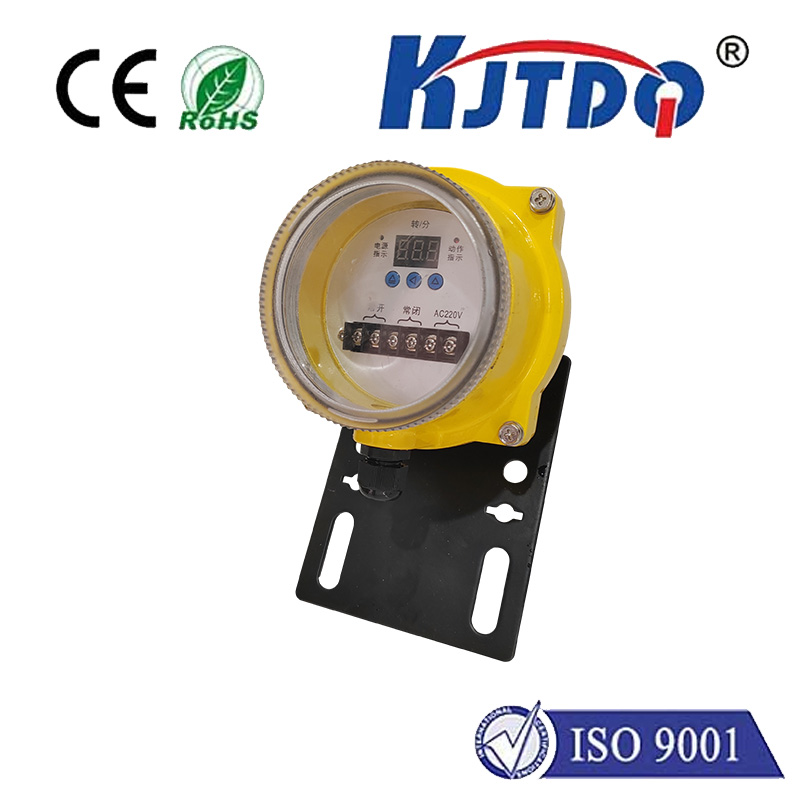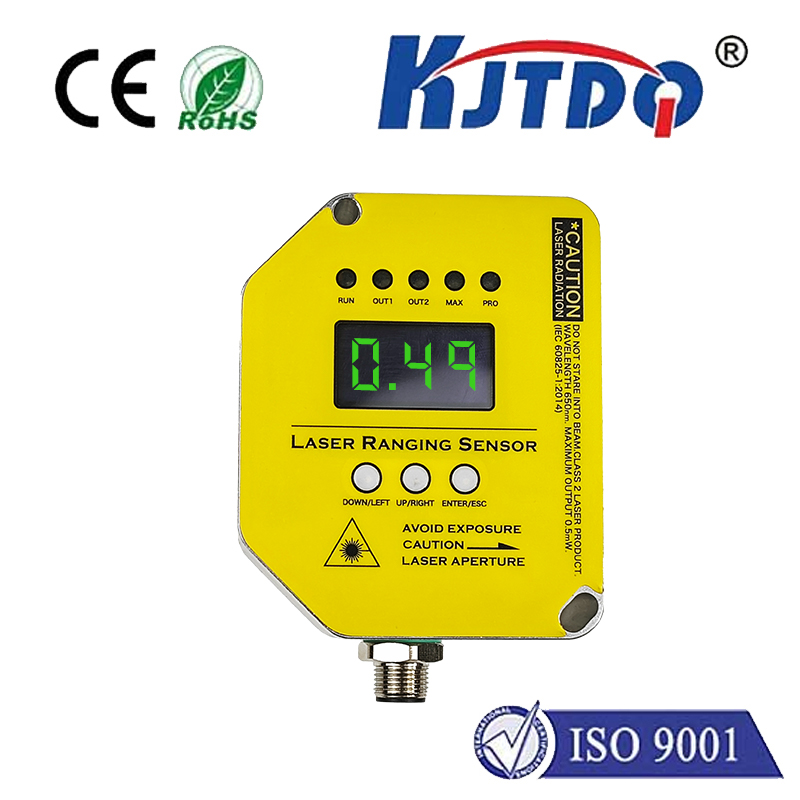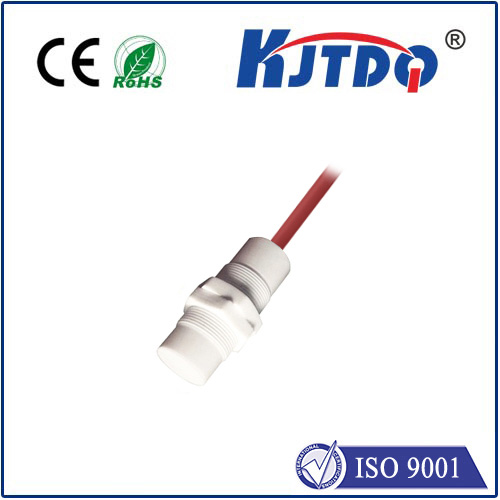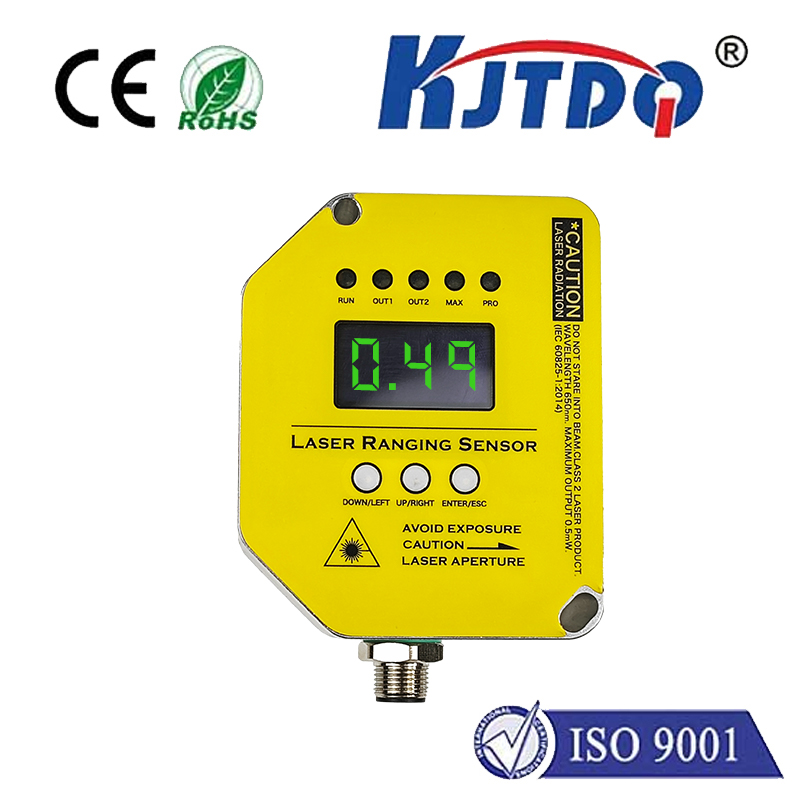

check

check

check

check

check

check

check

check

check

check
Imagine sending a message using smoke signals. Now imagine transmitting the entire Library of Congress coast-to-coast in under a second. That’s the staggering leap enabled by fiber optic technology, the fundamental backbone of our hyper-connected world. More than just telecommunications, these hair-thin strands of glass are revolutionizing how we measure and monitor the physical world through sensor systems. Understanding the core principles behind optical fiber is key to appreciating its transformative power.
The Magic of Confined Light: Core Principles
At its heart, fiber optics relies on a beautifully simple physical phenomenon: total internal reflection. An optical fiber consists of an ultra-pure glass core surrounded by cladding with a slightly lower refractive index. When light enters the core at an angle greater than the critical angle, it reflects perfectly off the cladding interface, bouncing its way down the fiber with minimal loss. This ingenious design traps light within the core, allowing signals to travel immense distances.
Modern fibers primarily use silica glass, meticulously engineered to be astonishingly transparent. The core diameter and refractive index profile (like step-index or graded-index) dictate how light propagates – whether as a single path (single-mode fiber, SMF) or multiple paths (multi-mode fiber, MMF). SMF, with its tiny core (around 9 microns), offers vastly superior bandwidth and distance capabilities, making it the fundamental choice for long-haul telecommunication networks and high-performance sensor systems. MMF, with a larger core (50 or 62.5 microns), is often used for shorter links within buildings or data centers.
Conquering the Losses: Making Light Go the Distance

Perfect transmission isn’t achievable in the real world. Signal attenuation – the weakening of light – is the primary adversary. Several factors contribute:
The Telecommunication Revolution: Global Conversations on Light
Telecommunication networks are the most visible application of fiber optics. The advantages over traditional copper cables are profound:
Wavelength Division Multiplexing (WDM) is the cornerstone technology that supercharges fiber capacity. It allows multiple independent data streams, each carried on a slightly different wavelength (color) of light, to travel simultaneously down a single fiber strand. Dense WDM (DWDM) systems can transmit hundreds of wavelengths, enabling capacities exceeding terabits per second – the fundamental reason our global data demands are met. This underpins everything from your home broadband (FTTH - Fiber to the Home) to global internet traffic and 5G backhaul.
Sensing the World Differently: Beyond Data Transmission
The unique properties of optical fibers make them extraordinary sensor systems. Unlike electronic sensors, they are passive (require no power at the sensing point), immune to EMI, intrinsically safe in explosive environments, and can be deployed over vast distances. Sensing relies on how external influences alter light propagating within the fiber:
Key techniques drive fiber optic sensing:
The Future is Bright (and Fast)
Research continuously pushes the boundaries. Hollow-core fibers guide light primarily through air, promising even lower latency and attenuation than solid glass. Advances in multicore fibers and space-division multiplexing pack even more data streams into a single cable sheath. Integration of photonics aims to make optical components smaller, cheaper, and more power-efficient. Simultaneously, distributed fiber optic sensing capabilities are becoming more sophisticated, offering higher resolution and sensitivity for structural health monitoring, resource exploration, and security systems.
From enabling real-time global video calls to detecting minute stresses in an aircraft wing or monitoring the integrity of an oil pipeline crossing an ocean, fiber optics have moved far beyond a simple transmission medium. Their fundamental principles of guiding light with precision and minimal loss are the bedrock upon which both our modern telecommunication networks and increasingly intelligent sensor systems are built, shaping an ever-more connected and monitored world illuminated by strands of glass.
